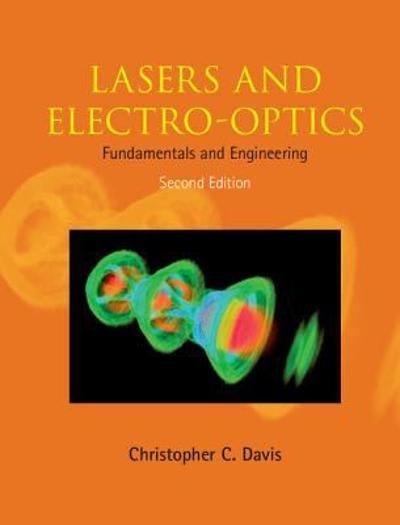Question
Physics Lesson: Ch 12 Equilibrium and Elasticity 12.3 Elasticity Ch 14: Fluids 14.5 Archimedes' Principle 14.7 Bernoulli's Equation Ch 15 Oscillations 15.1 Simple Harmonic Motion
Physics
Lesson:
Ch 12 Equilibrium and Elasticity
12.3 Elasticity
Ch 14: Fluids
14.5 Archimedes' Principle
14.7 Bernoulli's Equation
Ch 15 Oscillations
15.1 Simple Harmonic Motion
15.4 Pendulums, Circular Motion
Directions:
Answer the following problems by showing the complete solution to the problem. In return, I will give you a good and high rating. Thank you so much!
Note: Please be careful with the calculations, significant digits and units in the problem. Kindly double check the solution and the answer if there is a deficiency. Please read the note in number 9 & 10. And also, box the final answer. Thank you!
9. Note: The letter "i" blue icon means "The Tolerance is 4%."


Step by Step Solution
There are 3 Steps involved in it
Step: 1

Get Instant Access to Expert-Tailored Solutions
See step-by-step solutions with expert insights and AI powered tools for academic success
Step: 2

Step: 3

Ace Your Homework with AI
Get the answers you need in no time with our AI-driven, step-by-step assistance
Get Started


